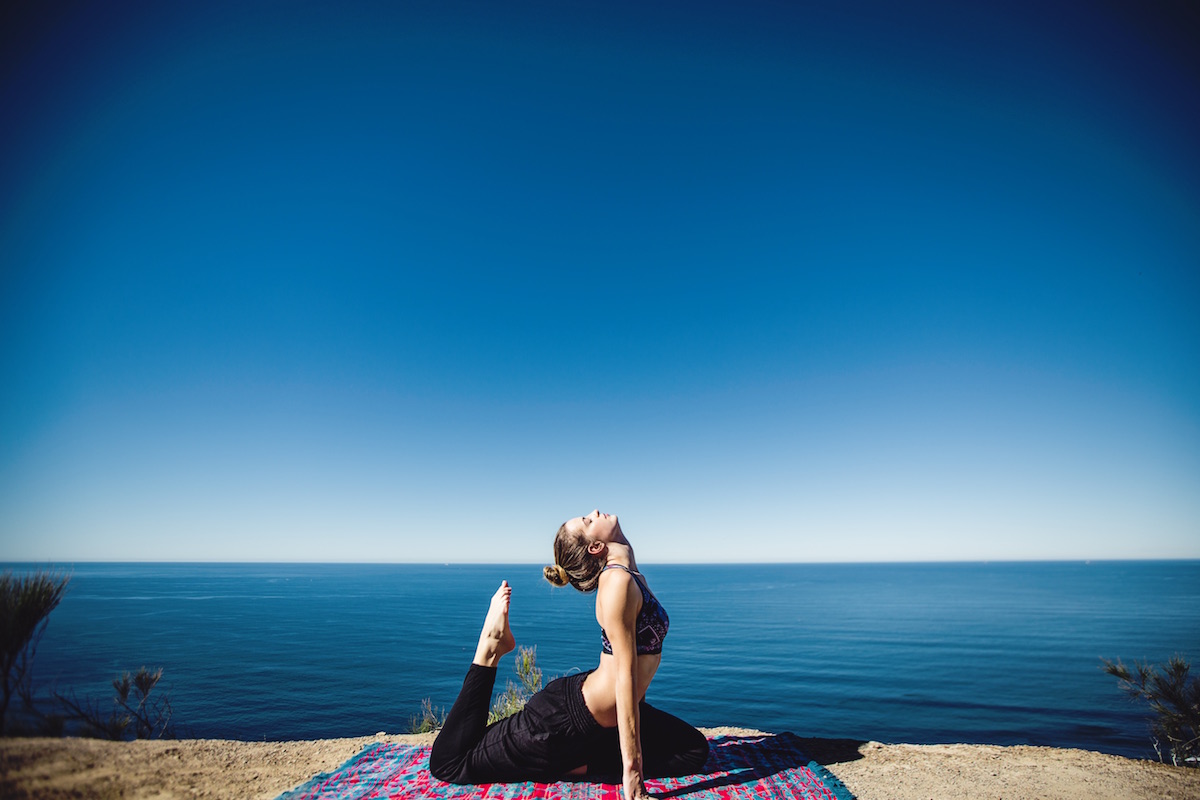Sitting shortens the psoas and as Biomechanics expert Katy Bowman says, “when the psoas ain’t happy, the pelvic floor, the hips, and the spine aren’t happy either”1 it is important to help the psoas be happy. Here we explore the various ways we can release the psoas.
The Hip Flexion Society – Why Sitting Isn’t Good?
A “hip flexion society” is a population that is more and more sedentary. How many hours a day do you sit? At the computer, commuting, watching TV or movies, reading, playing video games…
Sitting is a relaxed hip flexion position: relaxed, because the hip flexor muscles are not working against resistance (contracting). They are in a flexed state, with the full weight of the torso above seated into the pelvic floor, and the lower extremities inactive. It is a position which, if held too long, will inhibit circulation, muscle conditioning, and even nerve response. It can be a direct cause of lower back, psoas, and sciatic issues; the hip flexors begin to shorten and weaken, and over time create a myriad of problems.
Jo Ann Staugaard-Jones
Learn more about the psoas (pronounced “so-az”) in The Vital Psoas Muscle by Jo Ann Staugaard-Jones. The psoas, the only muscle that connects the upper and lower body, are a lumbar spine and hip stabilizer and connector to the lower extremity. She writes that the psoas can “balance the core, stimulate organs and nerves, contract, release, stabilize, neutralize or deteriorate like any other muscle, and create movement and flow to be transmitted throughout the body.”2
A psoas that won’t release can affect baby position in utero. It can prevent the hips from extending and the glutes from building. It can compress the disks in the spinal column. It can keep the hamstrings and the calf muscles short.
Katy Bowman, Alignment Matters


